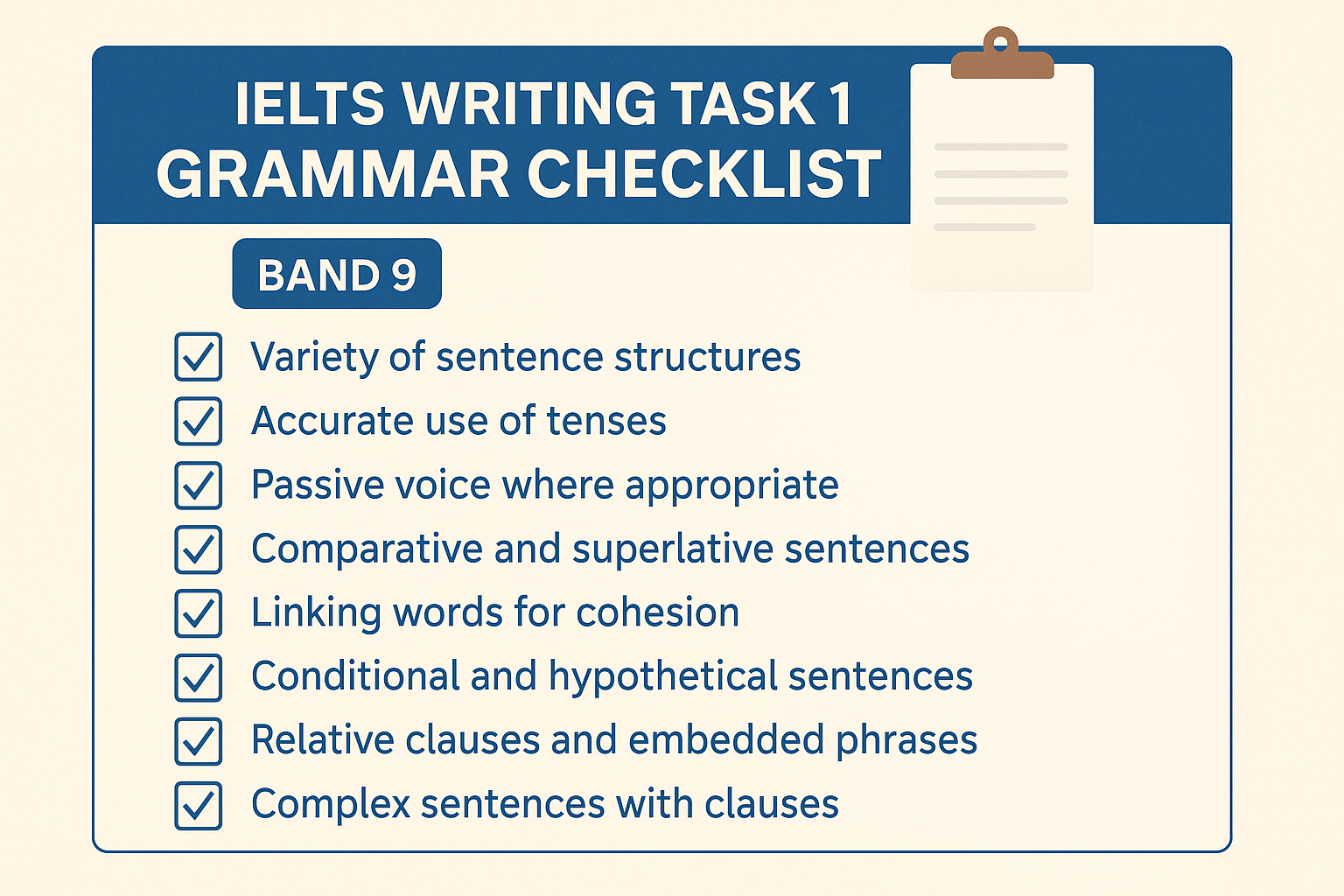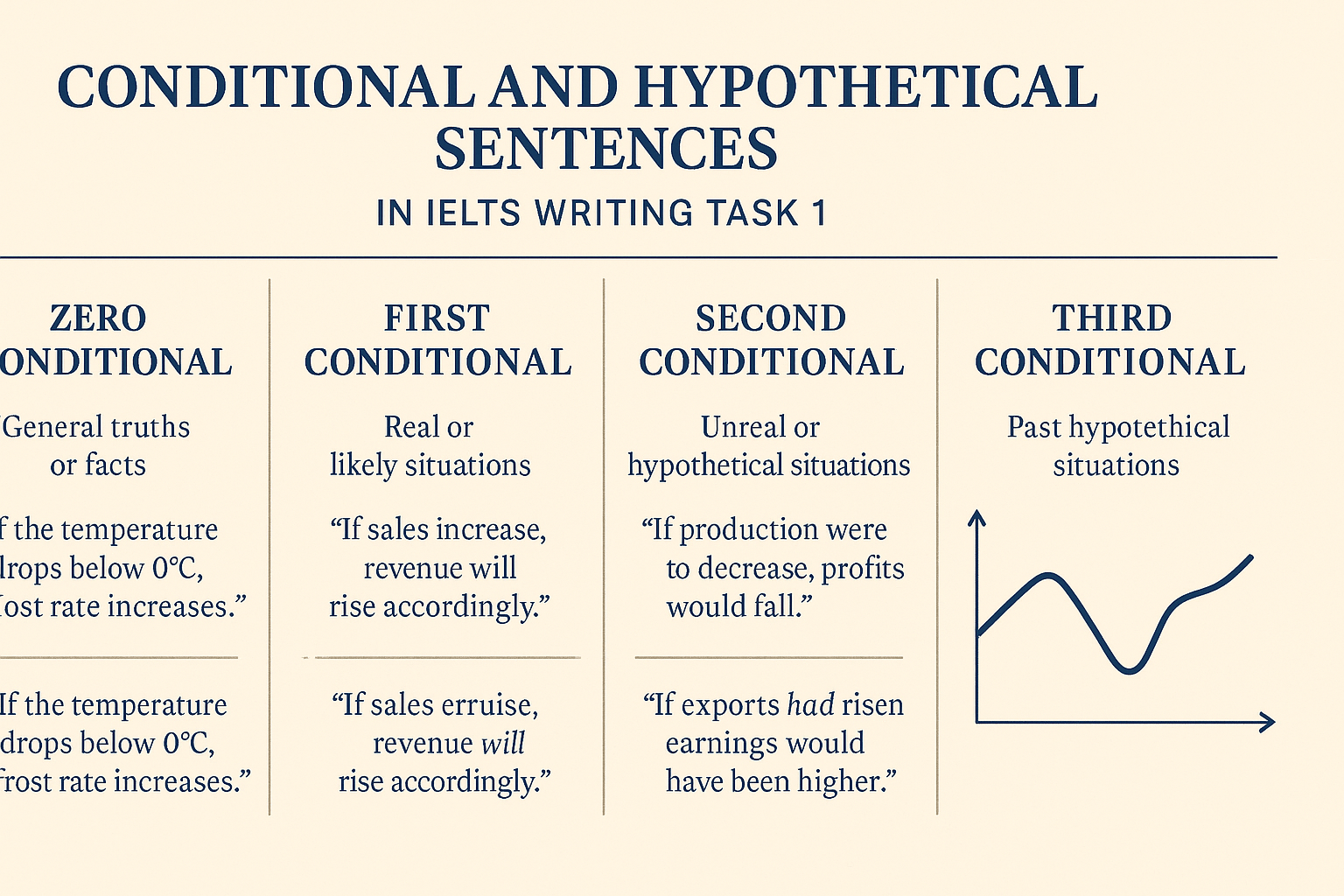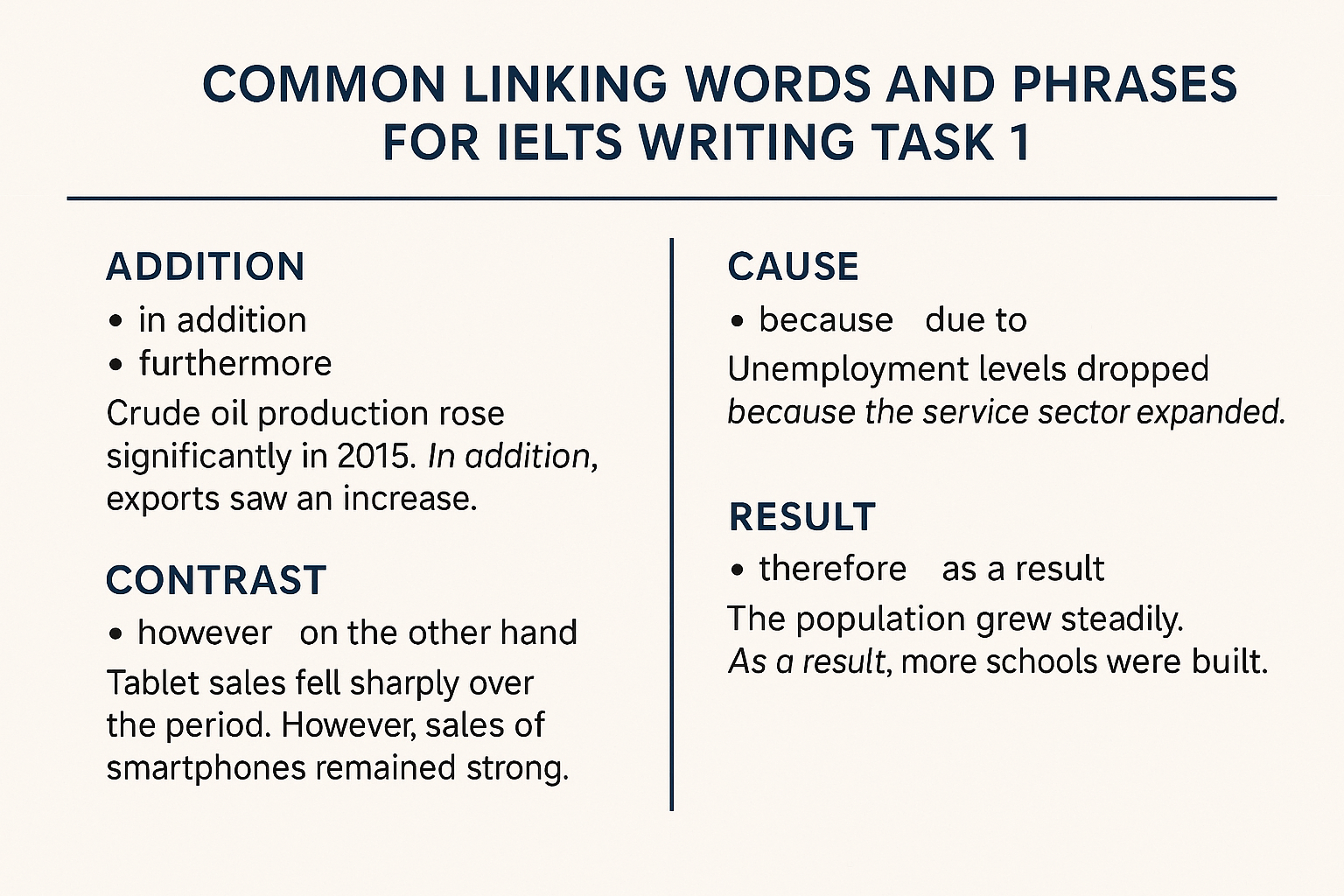- Why Use Complex Sentences and Embedded Clauses in IELTS Writing Task 1?
- Understanding Complex Sentences IELTS Task 1
- Types of Embedded Clauses Commonly Used in IELTS Writing Task 1
- How to Use Complex Sentences and Embedded Clauses Effectively
- Practical Examples of Complex Sentences in IELTS Writing Task 1
- Common Mistakes to Avoid with Complex Sentences and Embedded Clauses
- Tips to Improve Your Use of Complex Sentences and Embedded Clauses
- Combining Complex Sentences with Grammar and Vocabulary
- Sample Paragraph Using Complex Sentences and Embedded Clauses
- Final Thoughts
If you want to elevate your IELTS Writing Task 1 score, mastering complex sentences IELTS task 1 and the use of embedded clauses is essential. As an IELTS instructor, I’ve seen how students who skillfully add detail and sophistication through relative clauses and embedded phrases can stand out in their writing. This not only improves clarity but also demonstrates the grammatical range examiners look for when awarding Band 7 and above.
In this guide, I’ll walk you through how to use complex sentences and embedded clauses effectively in your Task 1 reports, providing clear examples and tips to help you avoid common pitfalls. For additional support, don’t forget to explore my comprehensive IELTS Writing Task 1 Grammar for Band 7–9 and IELTS Writing Task 1 Vocabulary Complete Guide. You can also check official resources from the IELTS official website, British Council, and IDP IELTS.
Why Use Complex Sentences and Embedded Clauses in IELTS Writing Task 1?
Simple sentences can convey facts clearly, but they often lack variety and depth. Complex sentences, which contain one independent clause and one or more dependent (embedded) clauses, allow you to:
- Add extra information without starting a new sentence
- Show relationships between ideas more clearly
- Create a more academic and formal tone
- Demonstrate grammatical sophistication required for higher band scores
Embedded clauses, including relative clauses, help you pack more detail into your sentences without making them overly long or confusing.
Understanding Complex Sentences IELTS Task 1
A complex sentence consists of:
- An independent clause (main idea)
- One or more dependent clauses (additional information)
Example:
The number of tourists increased, which contributed to the growth of the local economy.
Here, “The number of tourists increased” is the independent clause, and “which contributed to the growth of the local economy” is the embedded relative clause providing more detail.
Types of Embedded Clauses Commonly Used in IELTS Writing Task 1
1. Relative Clauses
Relative clauses begin with relative pronouns such as who, which, that, whose, or where and add extra information about a noun.
Examples:
- The chart shows the sales figures, which have increased steadily over five years.
- The city, which experienced rapid growth, now faces housing shortages.
2. Adverbial Clauses
These clauses provide information about time, cause, condition, or contrast and often start with conjunctions like because, although, if, when, or since.
Examples:
- Although sales declined last year, profits remained stable.
- If the trend continues, the population will double by 2030.
3. Noun Clauses
These function as a noun within the sentence and often start with that, what, whether, or how.
Example:
- The report states that energy consumption is expected to rise.
How to Use Complex Sentences and Embedded Clauses Effectively
- Use relative clauses to add specific details about data points.
Example:
The bar chart, which compares five countries, shows a decline in exports. - Use adverbial clauses to explain reasons or conditions for trends.
Example:
Because the demand increased, production rose sharply. - Use noun clauses to report findings or statements.
Example:
The graph reveals that internet usage has doubled in ten years. - Avoid run-on sentences by punctuating correctly and not overloading clauses.
- Mix complex sentences with simple and compound sentences to keep writing clear and varied.
Practical Examples of Complex Sentences in IELTS Writing Task 1
- The population of City A, which was initially the smallest, grew rapidly over the decade.
- Although exports declined in 2018, they recovered in 2019 due to new trade agreements.
- The data indicates that the unemployment rate has fallen since 2015.
Common Mistakes to Avoid with Complex Sentences and Embedded Clauses
- Using incomplete or fragment clauses instead of full sentences.
- Overusing complex sentences making your writing confusing.
- Misplacing commas in restrictive vs. non-restrictive relative clauses.
- Confusing relative pronouns or omitting them incorrectly.
Tips to Improve Your Use of Complex Sentences and Embedded Clauses
- Practice identifying main and dependent clauses in model IELTS essays.
- Write sentences combining data points with relative or adverbial clauses.
- Use punctuation correctly, especially commas with non-restrictive clauses.
- Read official IELTS writing samples to observe natural use of complex sentences.
Combining Complex Sentences with Grammar and Vocabulary
Using complex sentences effectively will boost your grammatical range, but remember to pair them with accurate tenses, passive voice, and rich vocabulary. For grammar improvement, refer to my IELTS Writing Task 1 Grammar for Band 7–9. For vocabulary enhancement, visit my Vocabulary Complete Guide.
Sample Paragraph Using Complex Sentences and Embedded Clauses
The line graph, which compares the population of three cities, shows that City A experienced the fastest growth. Although City B’s population initially increased, it declined after 2010. The data suggests that if current trends continue, City A will remain the most populous.
Final Thoughts
Mastering complex sentences IELTS task 1 and using embedded clauses naturally will help you add detail and sophistication to your descriptions. This not only improves clarity but also impresses IELTS examiners by showing grammatical range and precision.
For further study, use official IELTS resources at the British Council and IDP IELTS. Combine your grammar skills with strong vocabulary for best results.
Good luck with your IELTS preparation!





One Response
I just could not depart your site prior to suggesting that I extremely enjoyed the usual info a person provide for your guests? Is gonna be back continuously in order to investigate cross-check new posts.